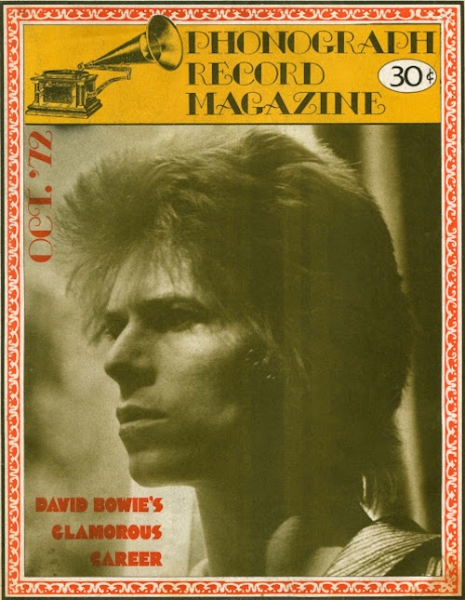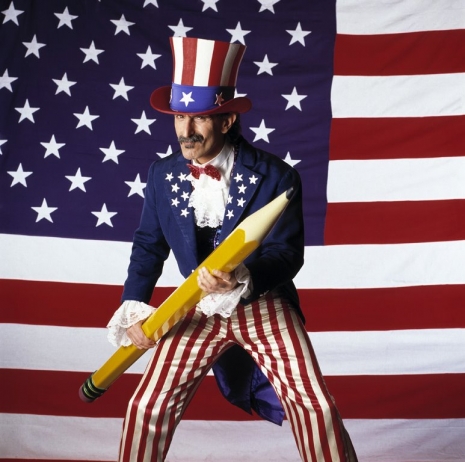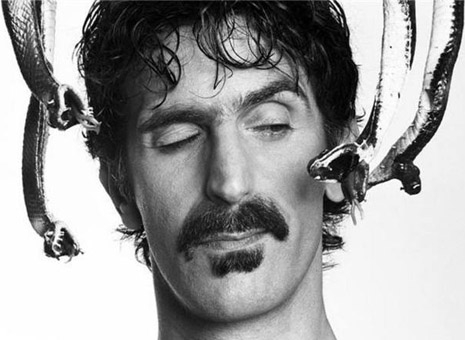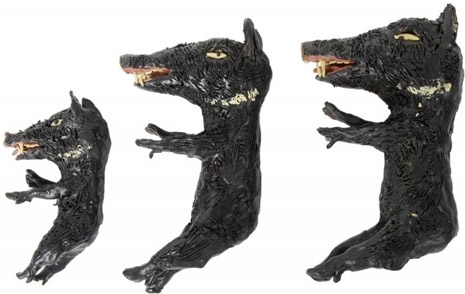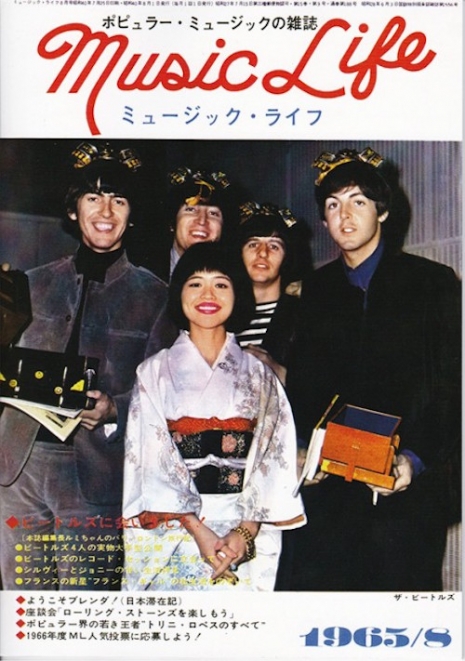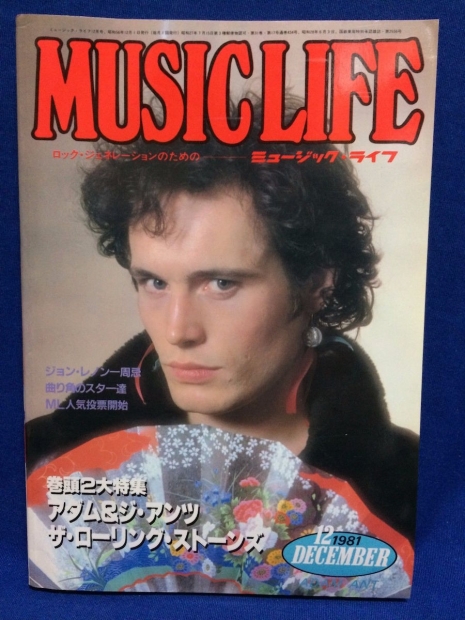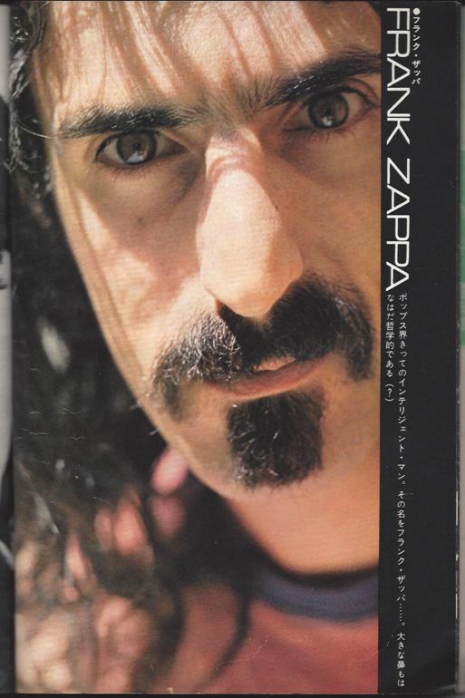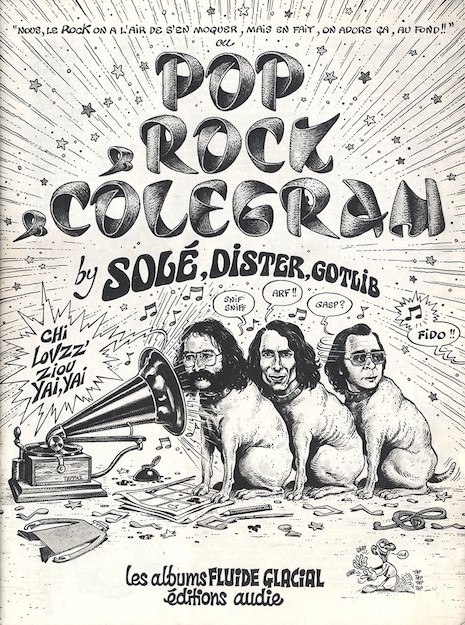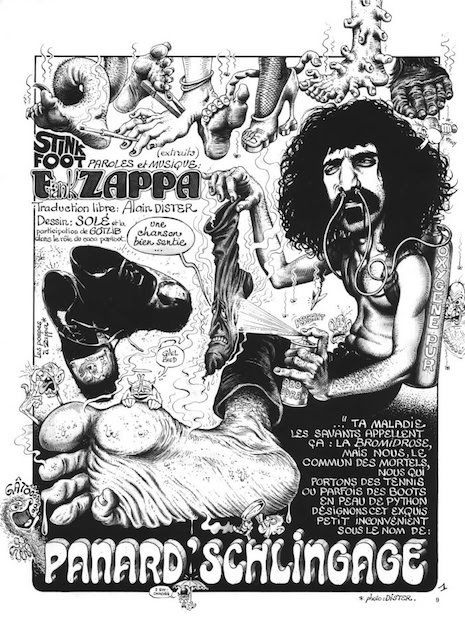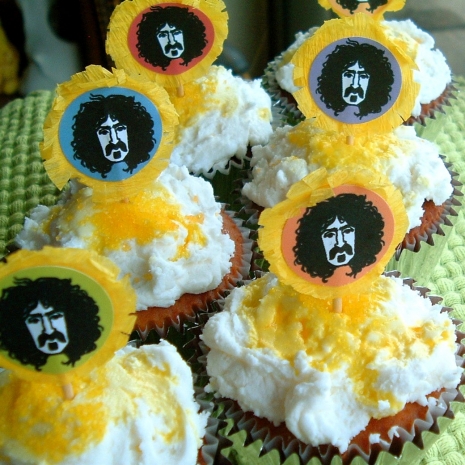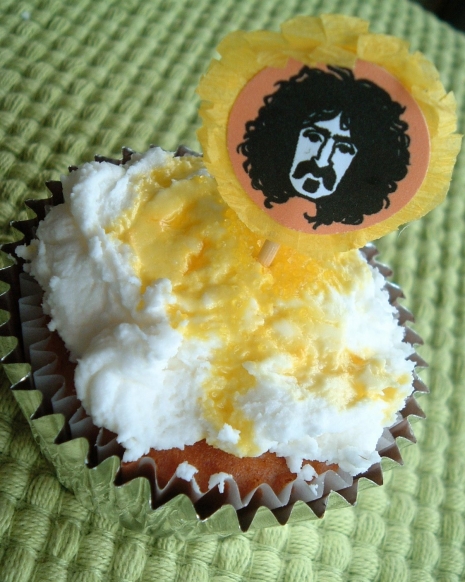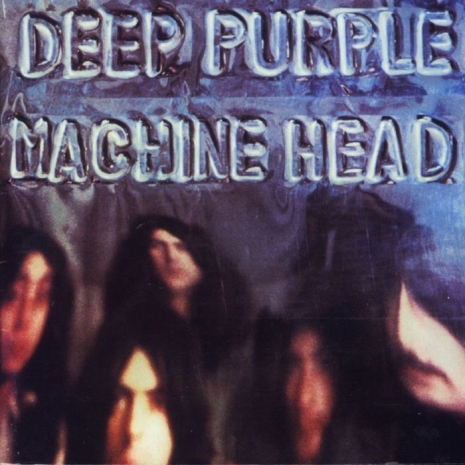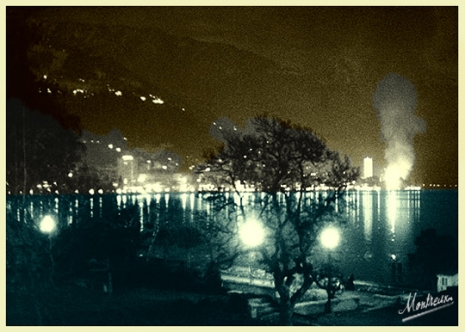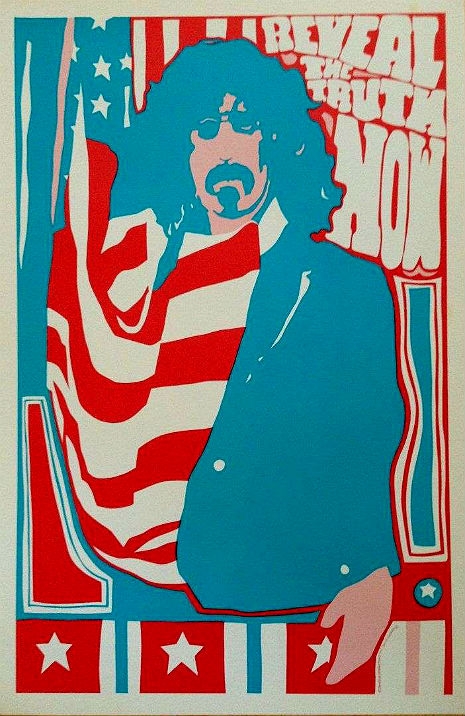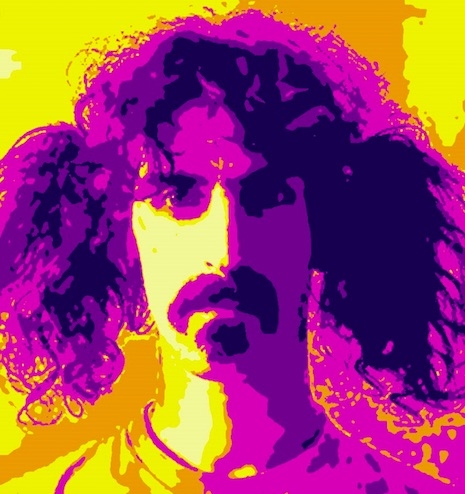
1968 was a year of great political unrest across Europe. The psychedelic summer of love had quickly faded—replaced by angry students hurling cobblestones at police in Paris or instigating loud and bloody demonstrations against the Vietnam War in London. It was against this background that Frank Zappa and the Mothers of Invention paid their first visit to Germany on the band’s second tour of Europe. The trip to Germany was to prove memorable for two very different reasons.
Firstly on October 6th, 1968: Zappa and co. appeared on Beat-Club where they jammed through a superb set of tracks including “King Kong,” “A Pound For A Brown On The Bus,” “Sleeping In A Jar” and “Uncle Meat”—all of which would appear on the band’s next album Uncle Meat. There was also an instrumental version of “Let’s Make The Water Turn Black”—from We’re Only in It for the Money; an early attempt at “Prelude To The Afternoon Of A Sexually Aroused Gas Mask” and some interesting takes on Richard Wagner’s prelude to act three of Lohengrin and Edgard Varese’s piece for a small orchestra Octandre. All jolly stuff and very agreeable too.
However, any youngsters catching the Mothers on tour at this time may have been fooled into thinking Zappa was the ringleader of some revolutionary collective—which leads us dear reader on to our second reason this was such an interesting occasion..

The Mothers 1968—Ron Kroon / Anefo / Nationaal Archief.
A week after their appearance on Beat-Club Zappa and the Mothers played one of Hitler’s old stomping grounds, the Sportpalast in Berlin. It was here Zappa was approached by a group of young German radical students who—depending on which book you read or version you hear—either wanted their pop idol to demand the release of Fritz Teufel—founder of the radical group Kommune 1 who was currently under arrest; or to denounce capitalism from the stage that very night; or show his support for the imminent glorious socialist revolution or wanted they wanted Zappa’s help with their plans to riot for a “socialist education policy.” Take your pick.
Having witnessed the Civil Rights movement in America, Zappa was none too impressed by these grievance hungry students, who had mistakenly taken their cue from the length of the Mothers’ hair and Zappa’s subversive songs that he and they would willingly sign on to the student demands. Understandably, Zappa said “nope” or perhaps he said “nein.”
Undeterred, the students demanded Zappa to order the audience at that night’s concert to go out and set fire to the Allied Command Building on Potsdamer Strasse. Again and none too surprisingly Zappa said “no.” The students felt doubly betrayed.
They soon made their disappointment known at the gig that night when these red kerchiefed malcontents bombarded the stage with vegetables and blasted air horns. The Mothers carried on regardless, as Zappa later recalled:
We had to play a two hour show in the middle of all this bullshit. And these guys were out there stomping around and throwing stuff and the people on the bandstand are getting hit with hard vegetables, you know, cucumbers [laughter]. Squash. you know they really hit you like a rock up there. And they were throwing eggs, and cherry bombs. And then they grabbed this big fence, like a restraining device to keep the audience away from the performers at those events. It was made out of pipes this big around with a chain link fence in between and concrete feet. And about thirty of them picked it up and tried to throw it on stage, which would have killed both of our drummers by pinning them against the amplifiers, you see.
So our manager Herbie [Cohen] and this German promoter Fritz Rau caught it in mid air and threw it back on them. And then this other guy charged the stage and Herbie put his foot through his face. And then they kept on throwing things, and then they kept on trying to get up onto the stage. We kept pushing these guys back—and we’re up there humming and strumming…[laughter] and it was really a very unusual situation.
So then we had to take an intermission, see. We left the stage after an hour of fun and merriment. And during that time the ordinaries, that the local promoter had hired to keep everything under control at the hop thought that we had run off, so they ran away. And when they ran away, about a hundred of these kids went up onto the stage and started stomping all over our equipment.
So we come back from intermission, and here’s all these people milling around on stage. They don’t even know why they’re there. They look like cows. They’re standing there like this. But they’re standing, you know, on drums, and they’re knocking things over, and a few of the guys had stolen small pieces of equipment and disappeared into the audience. They were just making a lot of noise and standing around. Just completely blank. They don’t even know what their revolution is about.
So we started pushing them off the stage. We started putting our equipment back together. We got the PA system working. And I gave them a speech for about 15 minutes, wherein I discussed the possibility that they were acting more like Americans than anything I’ve ever seen. And that pissed them off. And they’re out there yelling “Revolution, Revolution”—and I’m saying “You people need evolution, not revolution.”
And they said, “No take it back you’re the Mothers of Reaction.” And I told them they were [beeped], and they understand English. I told them whether they liked it or not we were going to continued to play the second half of the program. So gradually they shut up, and they sat down. The only thing that happened during the second hour was one cherry bomb on stage.
And we had played about 45-50 minutes, and we were into a long instrumental piece, which was going to be our closing number, and I’d reduced the volume of the tune so that I could say goodnight to the nice German people. At which point the student leader with the red rag around his neck comes running up on stage and grabs the microphone and starts raving in German. I just knew he was telling these people, “I’ve got the matches come with me.”
So we played real loud so nobody could hear what he was saying. Two people were taking the instruments off the stage, you know piece by piece pulling things away until it was just me and the organist left on stage playing one full-volume fuzztone loud ugly note that was just going BLAAAAAH.
And it was the only thing that kept people back off the stage, ‘cause they kept trying to get up onto the stage and this noise would hit them and they’d go ...
Finally, when they got all the drums and all the rest of the stuff out of the way, we just unplugged and split off the stage. And they all came milling back up there. And they looked around and they didn’t know why they were on stage again. That’s Germany today.
Zappa later wrote about it all in the song “Holiday In Berlin”:
Look at all the Germans
Watch them follow orders
See them think they´re doing
Something groovy in the street.
See the student leader,
He´s a rebel prophet
He´s fucked up
He´s still a Nazi
Like his Mom and Dad.
Cheap shot, maybe. That’s what happened in Berlin.
After the jump Frank Zappa and the Mothers of Invention perform a fantastic improvisational set on ‘Beat-Club’...

